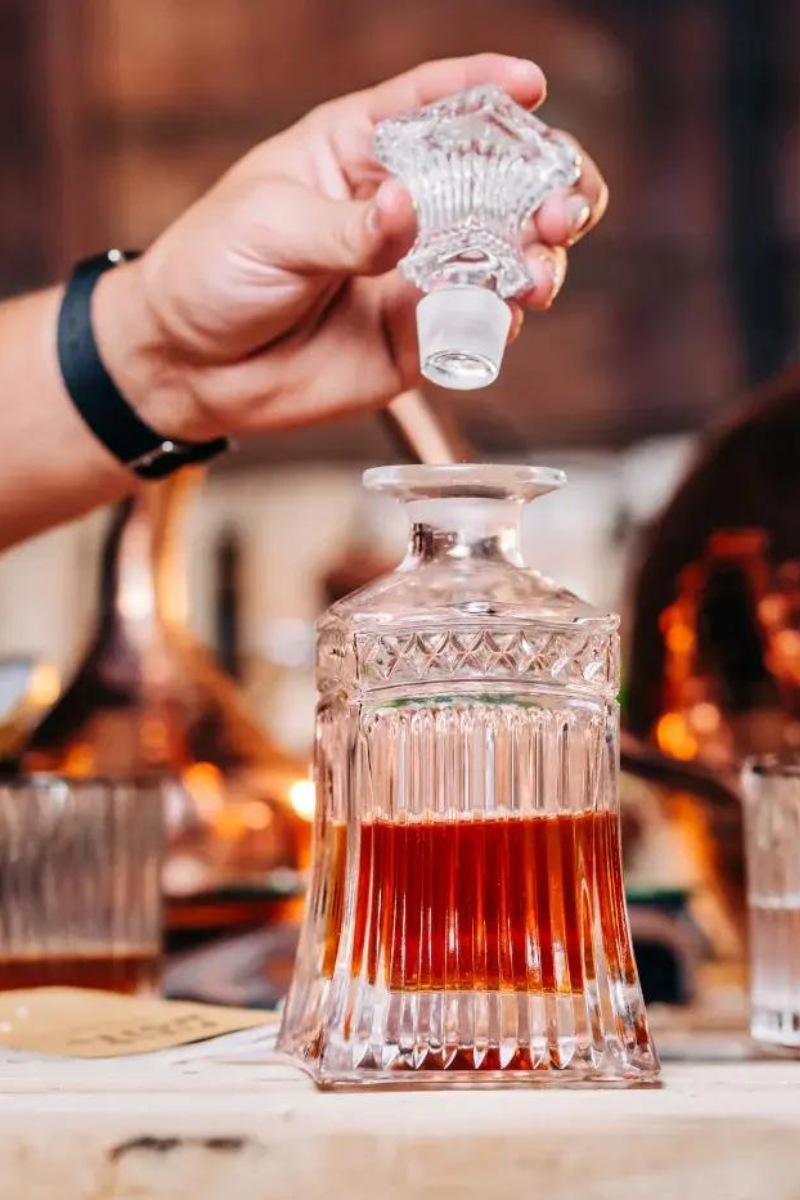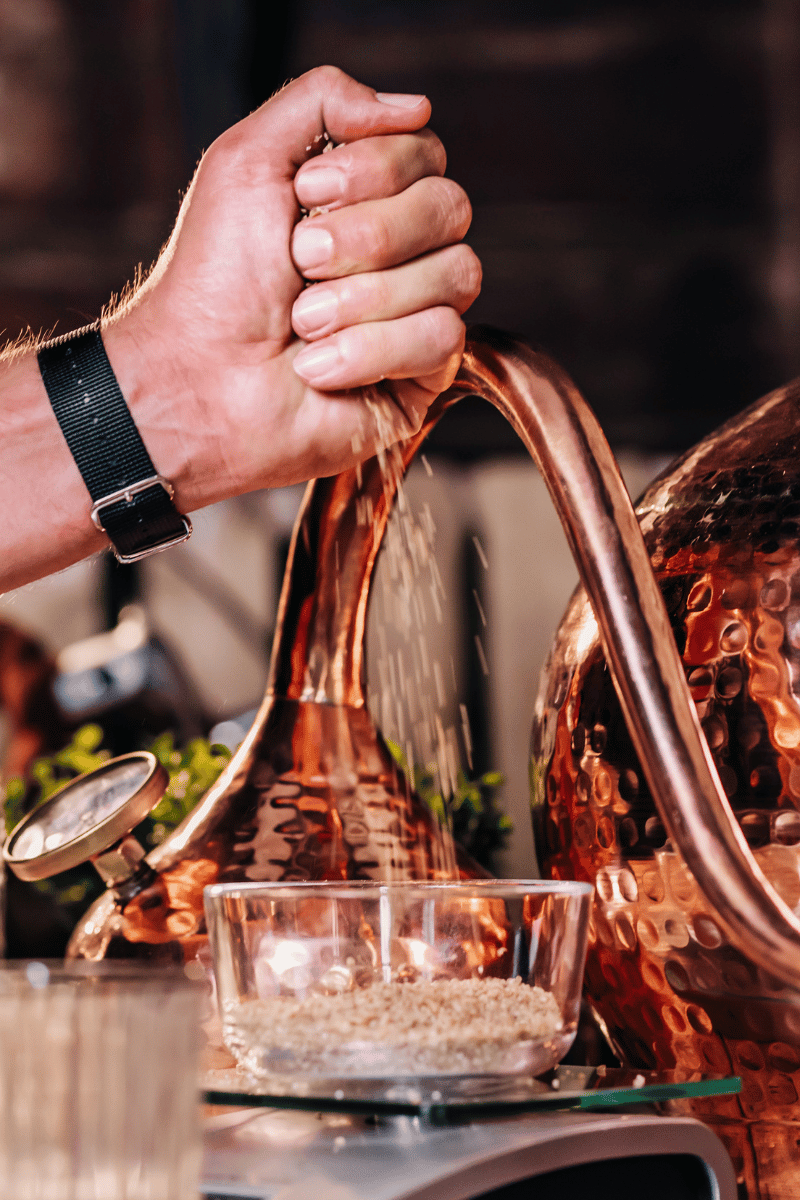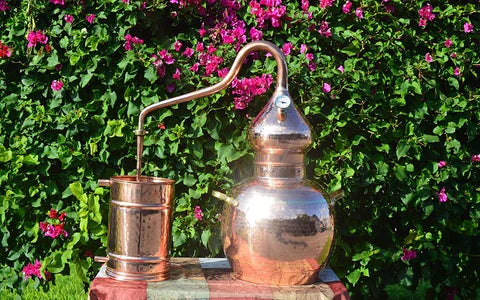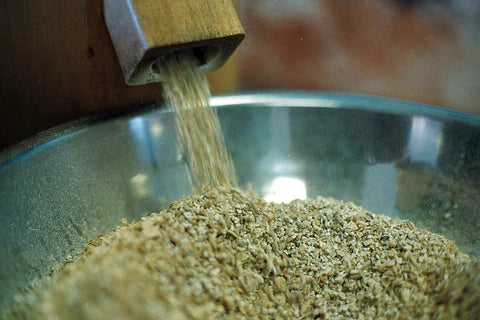Whiskey Still Pro Shop Blogs

distilling
Unlock the Craft: Master Whiskey Making with Our Premium Ingredient Kits
Step into the art of whiskey making with ease. Whiskey Still Pro's Ingredient Kits are tailored for both newcomers and seasoned crafters alike.

distilling
Unlock the Secrets of Home Distilling: Your Complete Guide to Crafting Mash
Step into the world of home distilling with our definitive guide, co-created with Still'n The Clear. Tailored for both newcomers and seasoned distillers, this guide walks you through crafting the p...

copper
How Much Alcohol Will My Whiskey Still Make?
Although every copper moonshine still is different, many distillers start with a basic question like “how much moonshine will my still produce?” or “how much will I get out of my 5 gallon whiskey s...

how to
Basic Moonshine Mash Recipe
“Moonshine” is distilled from the fermented sugar of a malt grains like oats, cornmeal, or wheat. A strong alcohol, the recipe for moonshine is very basic, which is why it has been popular througho...
